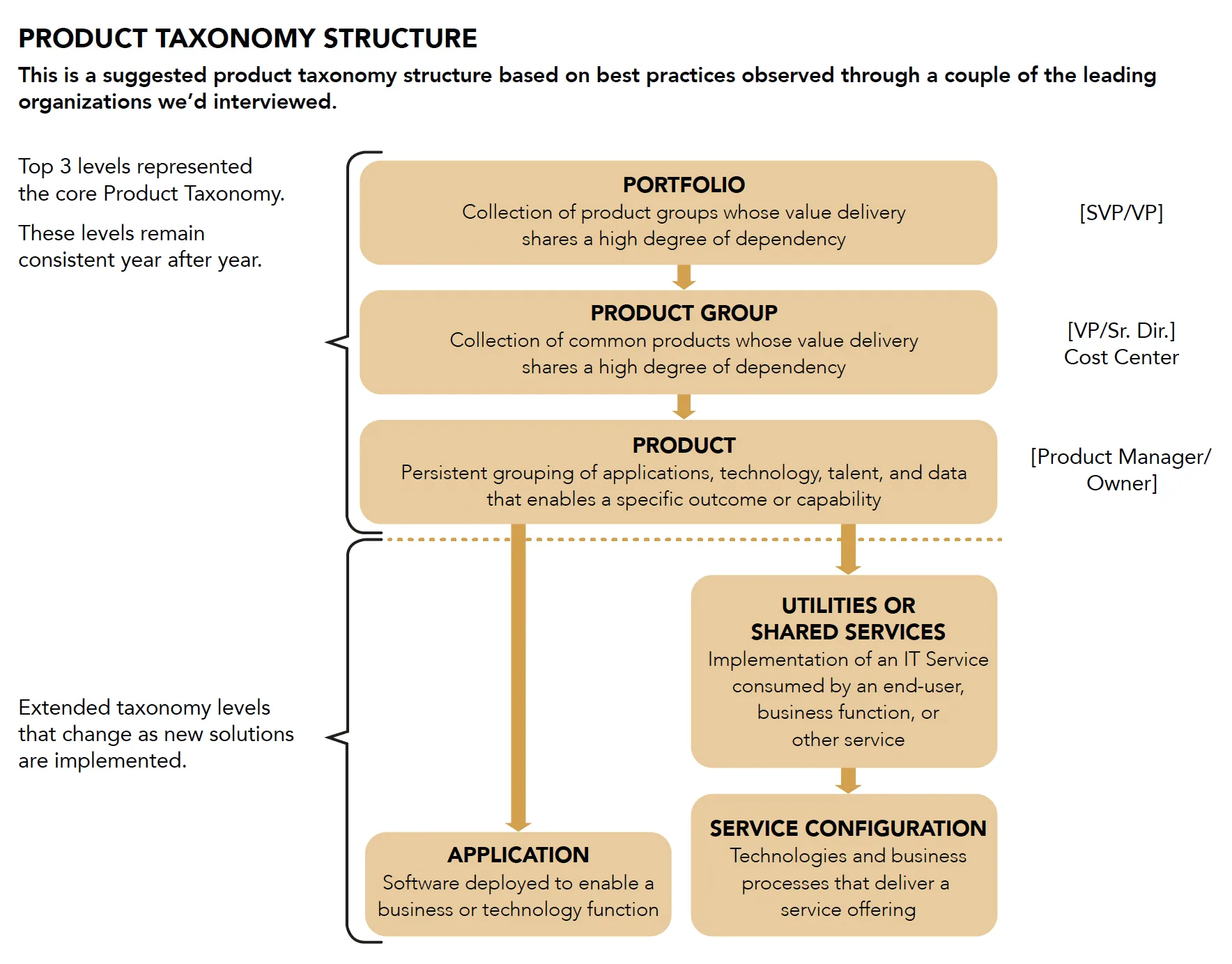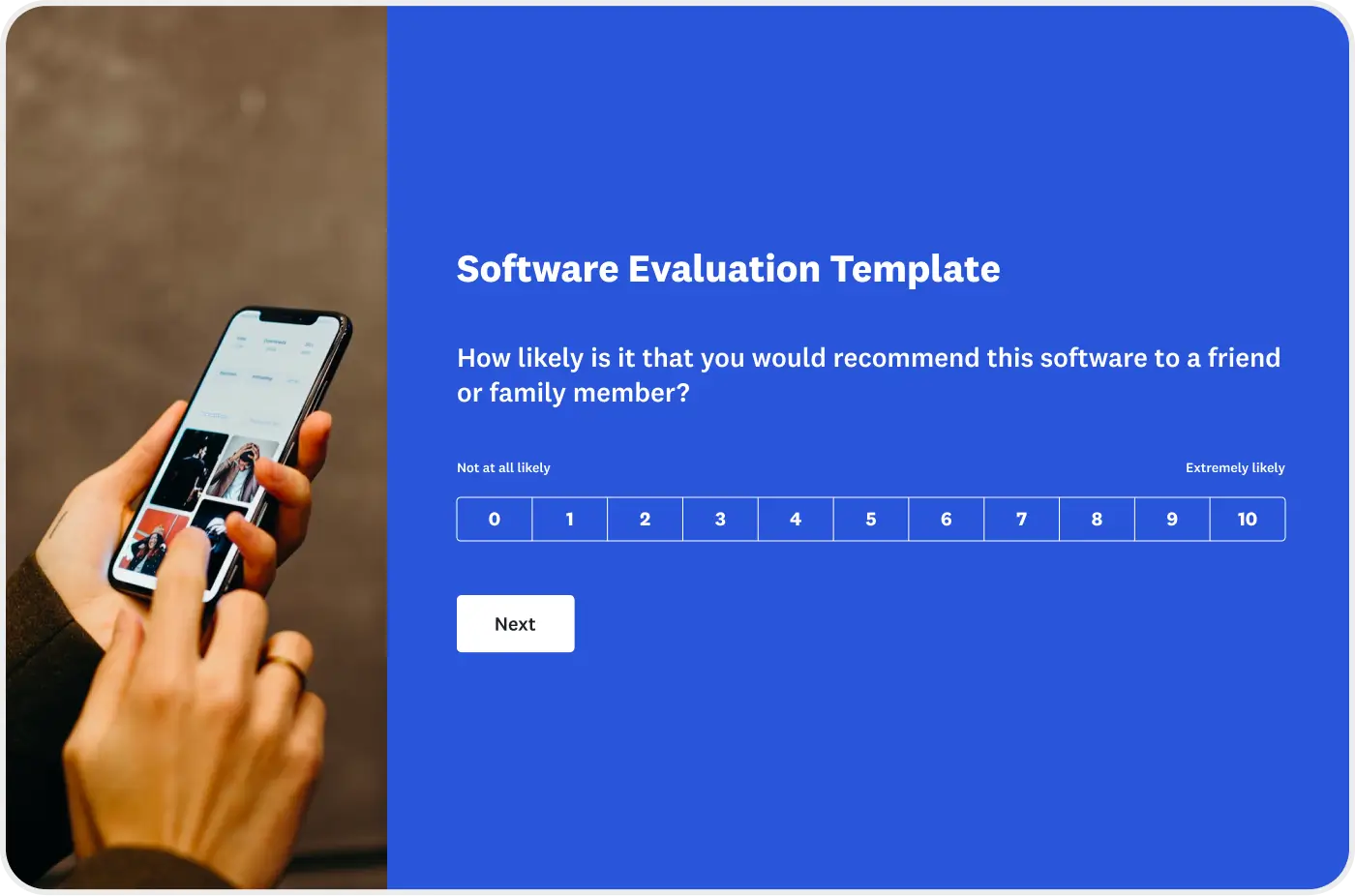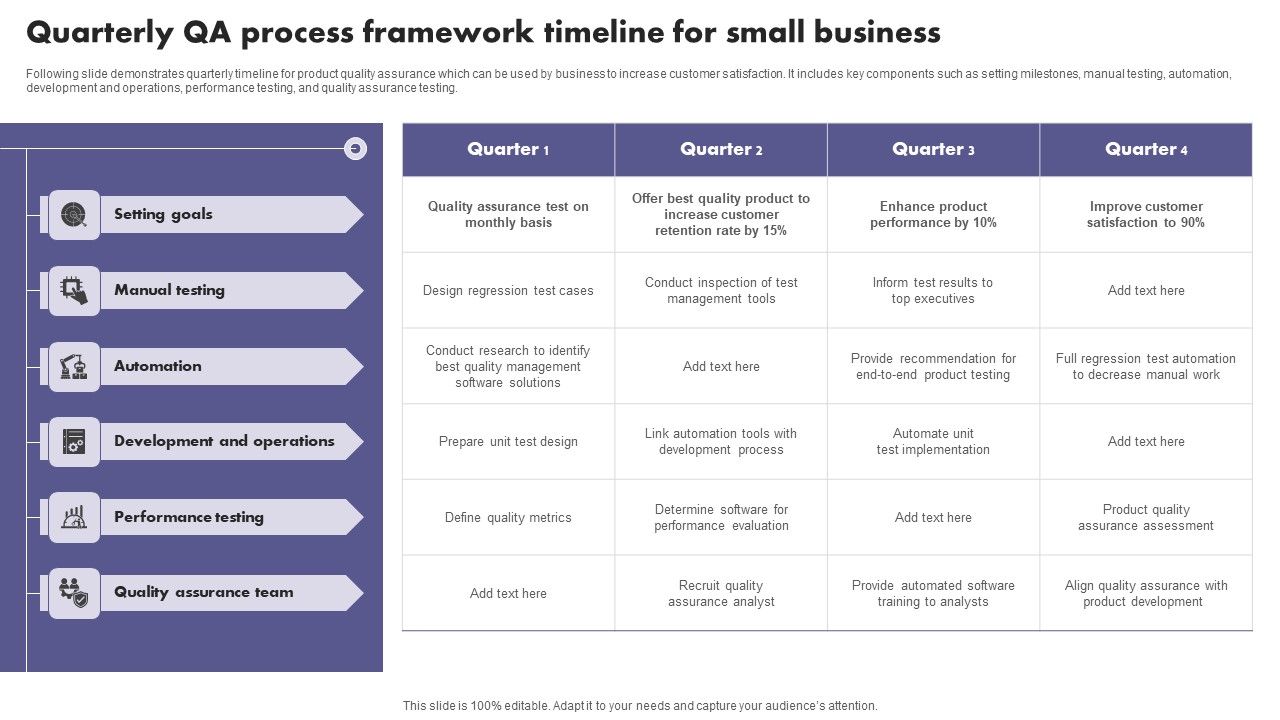Choosing the right business software can make or break your company’s success. But with so many options out there, how do you know which one fits your needs best?
If you pick the wrong solution, you could waste time, money, and energy on tools that don’t deliver. This guide will help you cut through the noise and evaluate business software like a pro. By the end, you’ll feel confident making decisions that boost your productivity and grow your business.
Keep reading to discover simple steps that lead to smarter software choices.

Credit: itrevolution.com
Key Criteria For Software Evaluation
Functionality and Featuresmust match your business needs exactly. Check if the software offers all essential tools.
User Experience and Interfaceshould be simple and clear. Easy navigation saves time and reduces errors.
Scalability and Flexibilityensure the software can grow with your business. Adaptability avoids switching costs later.
Integration Capabilitiesallow the software to work well with your current systems. This keeps workflows smooth and data consistent.
Security and Complianceprotect your data and meet legal rules. Strong security builds trust and reduces risks.

Credit: www.surveymonkey.com
Assessing Vendor Reliability
Company reputationshows how trustworthy a vendor is. Check reviews and ratings from other customers. See how long the company has been in business. A good reputation means fewer risks.
Customer support and serviceis key. Fast and helpful support solves problems quickly. Look for 24/7 availability and multiple contact options. Good service keeps your software running smoothly.
Update and maintenance policiesprotect your software over time. Regular updates fix bugs and add features. Know how often updates happen and if they cost extra. Reliable maintenance ensures software stays useful.
| Pricing Models | Transparency |
|---|---|
| Subscription-based or one-time fee | Clear pricing with no hidden costs |
| Pay per user or feature | Detailed billing and contract terms |
Transparent pricing helps avoid surprises. Understand all fees before buying software.
Testing And Trial Strategies
Demo sessionshelp users see software features live. They show how the software works in real time. This helps decide if it fits business needs.
Free trialslet users try software without paying. This hands-on experience reveals if the software is easy to use. It also shows if it solves key problems.
Pilot programstest software in a small part of the business. This limits risk and shows real results. It helps spot issues before full use.
Gathering user feedbackis key. Users share what they like or dislike. Their views help improve the choice. Surveys or interviews work well here.
Comparing Multiple Solutions
Creating a feature comparison matrixhelps to see differences clearly. List all software options in rows. Write important features in columns. Mark which software has which feature. This makes it easy to spot strengths and weaknesses.
Evaluating total cost of ownershipmeans checking more than price. Include setup costs, monthly fees, and extra charges. Think about training staff and support fees. This shows the real cost over time.
Long-term benefitsmatter a lot. Consider software updates, scalability, and how it fits future needs. Software that grows with your business saves money and time later.
Making The Final Decision
Involving stakeholdersis key to a successful software choice. Gather input from team members who will use the software. Their feedback helps spot problems early. It also builds support for the new system.
Aligning with business goalsensures the software fits your company’s needs. Check if the features support your main objectives. Avoid tools that add unnecessary complexity or costs.
Planning for implementationmeans setting clear steps and timelines. Decide who will train users and manage the change. Prepare for some adjustment time as everyone learns the new system.

Credit: www.slidegeeks.com
Frequently Asked Questions
What Factors Should I Consider When Evaluating Business Software?
Consider functionality, ease of use, scalability, integration, support, and cost. Align software features with your business needs for best results.
How Do I Assess Software Scalability For My Business?
Check if the software can handle growth in users and data. Ensure it supports future business expansion without performance issues.
Why Is User Experience Important In Business Software?
Good user experience improves productivity and reduces training time. It ensures employees adopt the software quickly and use it effectively.
How Can I Verify Software Integration Capabilities?
Look for compatibility with your existing systems and tools. Confirm the software supports APIs or connectors for seamless data exchange.
Conclusion
Choosing the right business software takes time and care. Think about your needs first. Check features, costs, and support options. Test the software to see how it works. Ask others for their opinions and experiences. Good software helps your business run smoothly.
Avoid rushing the decision. A smart choice saves money and effort later. Keep these tips in mind to pick the best solution. Your business deserves the right tools to grow well.
